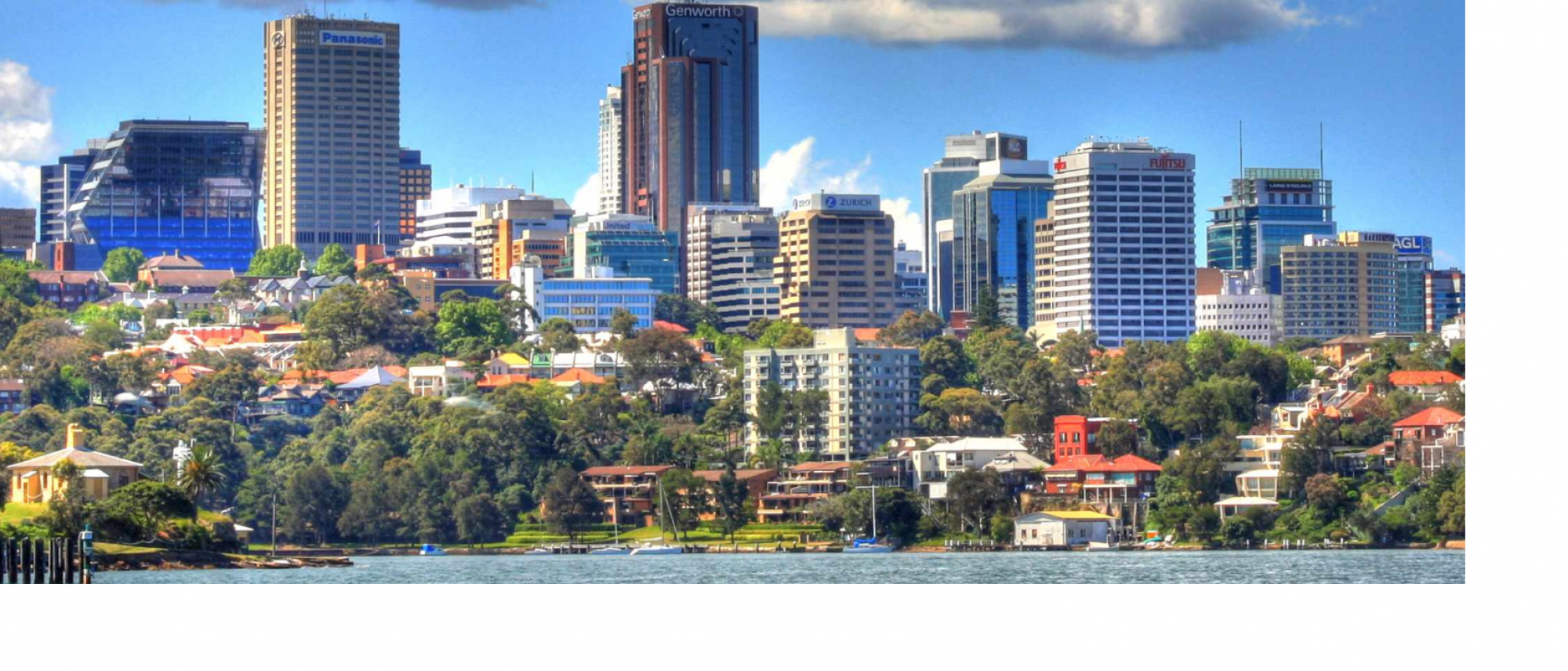Will the tsunami of massive buildings in Crows Nest and St Leonards facilitated through spot rezonings — and accelerated by the exploitation of metro station sites by Sydney Metro — inevitably lead to our familiar streets becoming windy, overshadowed, congested canyons?
In a recent article, Elizabeth Farrelly disagrees that height, density and population are the key problems in our congested cities, pointing out that there are much bigger, denser and more populous cities than ours that are exhilarating places to be.
To many members of the Committee for North Sydney this means that, if decision makers are not blinded by private wealth and seduced by monstrous structures, big populations, high densities and tall buildings can generate exciting, attractive urban environments – but only under conditions of openness, involvement, continuous debate about long term options, integrity in the planning system, and a highly skilled and respected bureaucracy (these are what the Committee was formed to support).
Equally, high densities and tall buildings – over-development – will surely destroy valued places under conditions of deregulation, secrecy, deal-making, fast-tracking, and expertise-denialism.
Elizabeth Farrelly nails it with her usual precision: ‘[C]ongestion isn’t about too many people, or even too little infrastructure. It’s about near-total absence of planning’ (‘There’s a con in congestion: it’s not caused by what you think it is’, SMH 17 August 2019).
There has been plenty of planning around St Leonards. So why does development still happen through spot rezoning and the obscure semantics of planning instruments?
Why do the North Sydney Council’s efforts to guide development seem so fragmented and one-off?
How can the community — and the Committee for North Sydney — overcome the systemic barriers to participation and engagement with planning?
